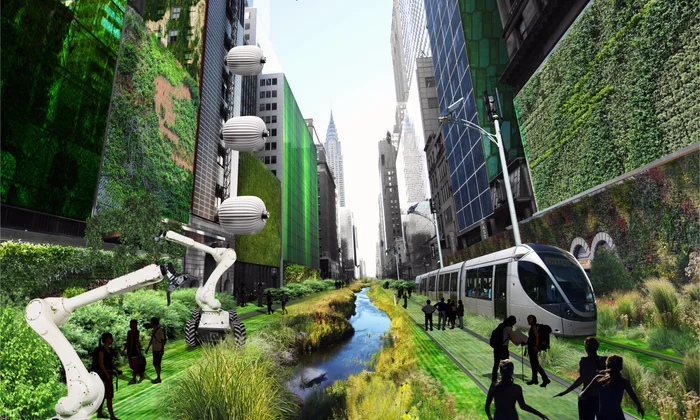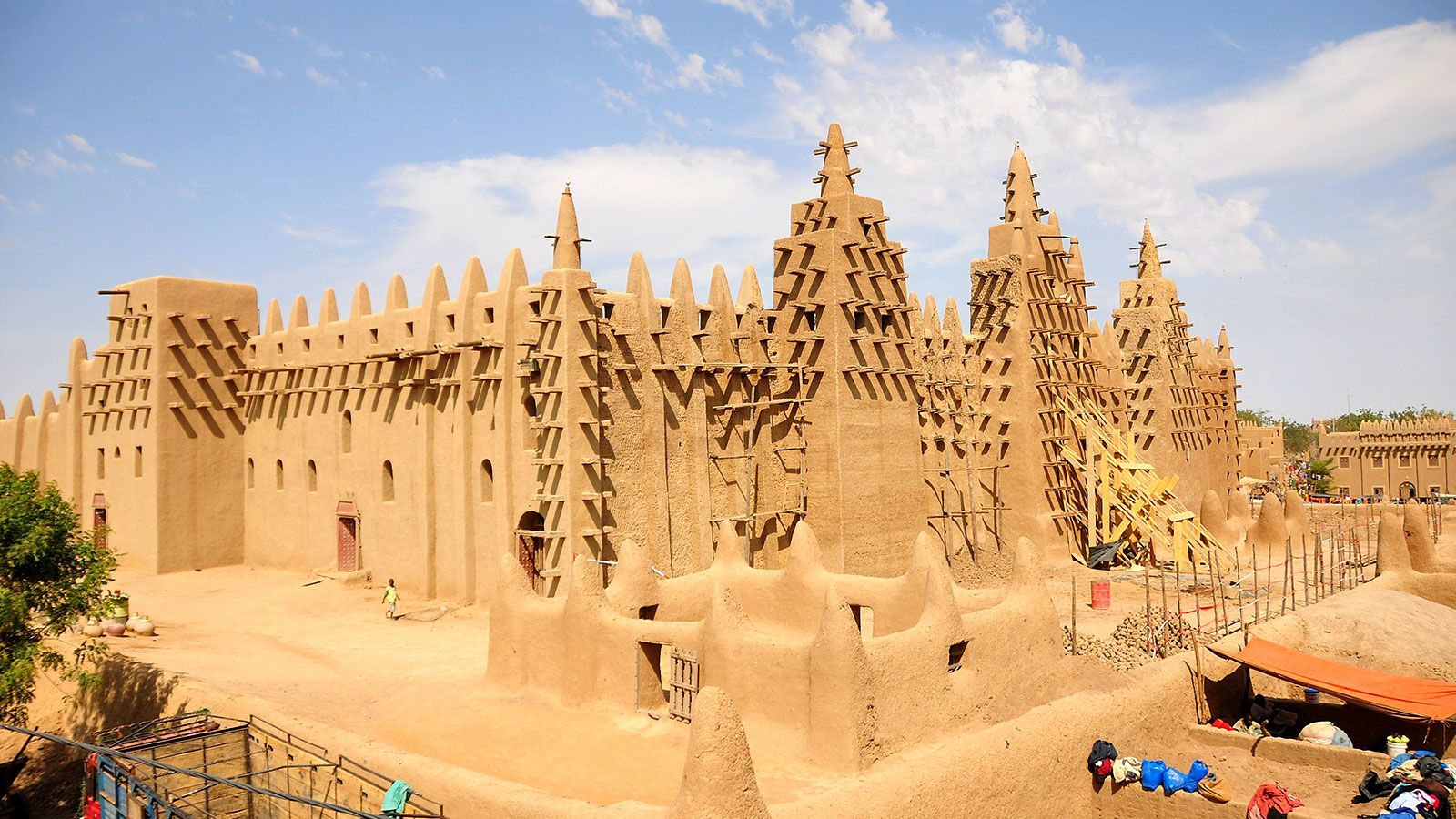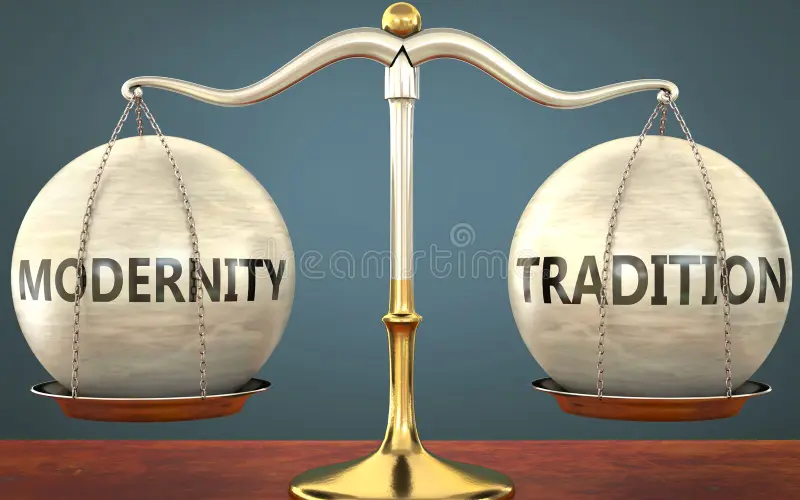Now Reading: Future Transport in Mega Cities
-
01
Future Transport in Mega Cities
Future Transport in Mega Cities

As mega cities continue to grow, the pressure on transportation systems is increasing every day. Rising populations, expanding urban sprawl, and higher demand for mobility are forcing cities to rethink how people and goods move. From electric buses to metro expansions and app-based shared mobility, the future of urban transport is shifting toward efficiency, sustainability, and accessibility, especially in fast-growing Tier 2 Indian cities.
One major direction is the adoption of cleaner and smarter public transport. Metro networks are expanding rapidly in cities like Nagpur, Lucknow, and Pune, offering affordable and reliable connectivity. Electric buses and e-rickshaws are also becoming common, reducing pollution while providing cost-effective mobility options. For many cities, this shift is not just about convenience but also about fighting rising air quality concerns.
Technology is playing a crucial role in shaping the next phase of transport. App-based ride-sharing, smart cards for metro and bus services, and real-time traffic management systems are making commuting smoother. Even in smaller urban centres, mobile applications are helping residents plan routes, save time, and avoid congestion. These changes reflect how transport is becoming more data-driven and people-centric.
Future mobility in mega cities will also depend on sustainable practices. With limited land and increasing vehicles, congestion remains a serious challenge. Solutions like cycling tracks, pedestrian-friendly roads, and car-free zones are being tested in several Indian cities. Though the adoption is gradual, these steps encourage healthier lifestyles and reduce dependency on private vehicles.
At the same time, affordability and inclusivity remain critical. For Tier 2 cities, large-scale projects like metro rail need to balance costs with the needs of ordinary commuters. Ensuring that rural migrants and low-income groups have access to safe and cheap transport will decide how effective these systems become in the long run.
In conclusion, the future of transport in mega cities is not about one big solution but a mix of many small and large changes working together. Cleaner technology, better planning, and inclusive policies will shape how urban India moves in the coming decades. The challenge is to create systems that can keep up with growth while ensuring mobility for all.

























